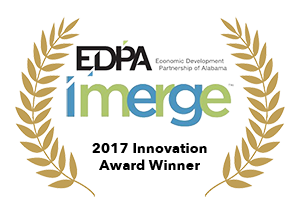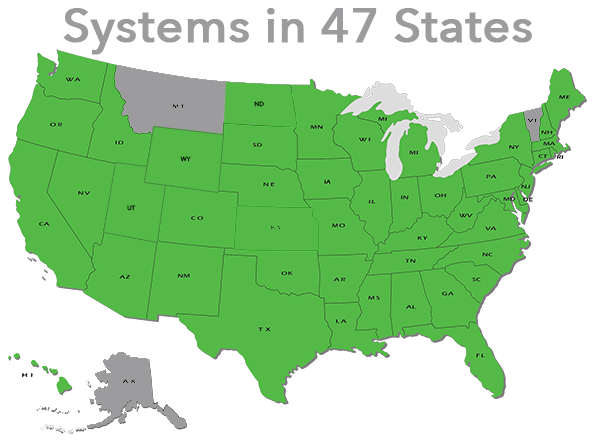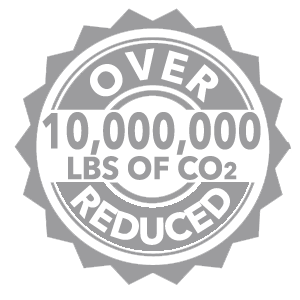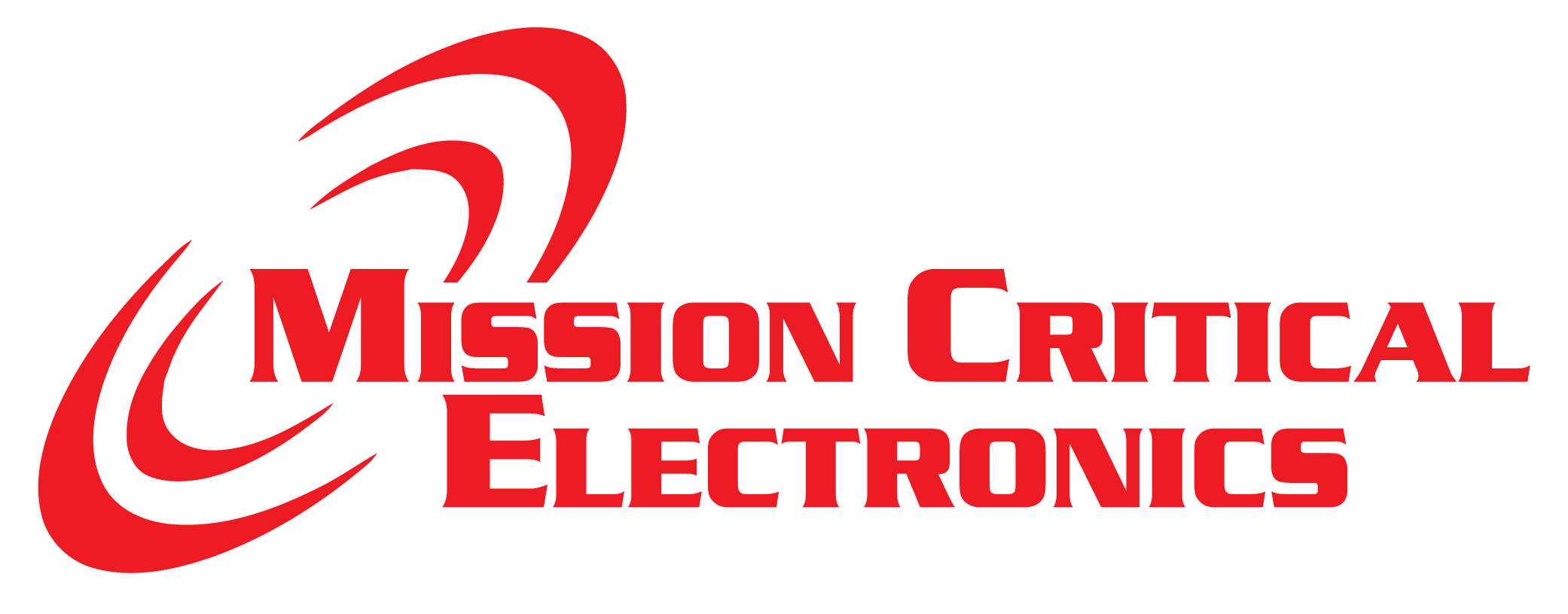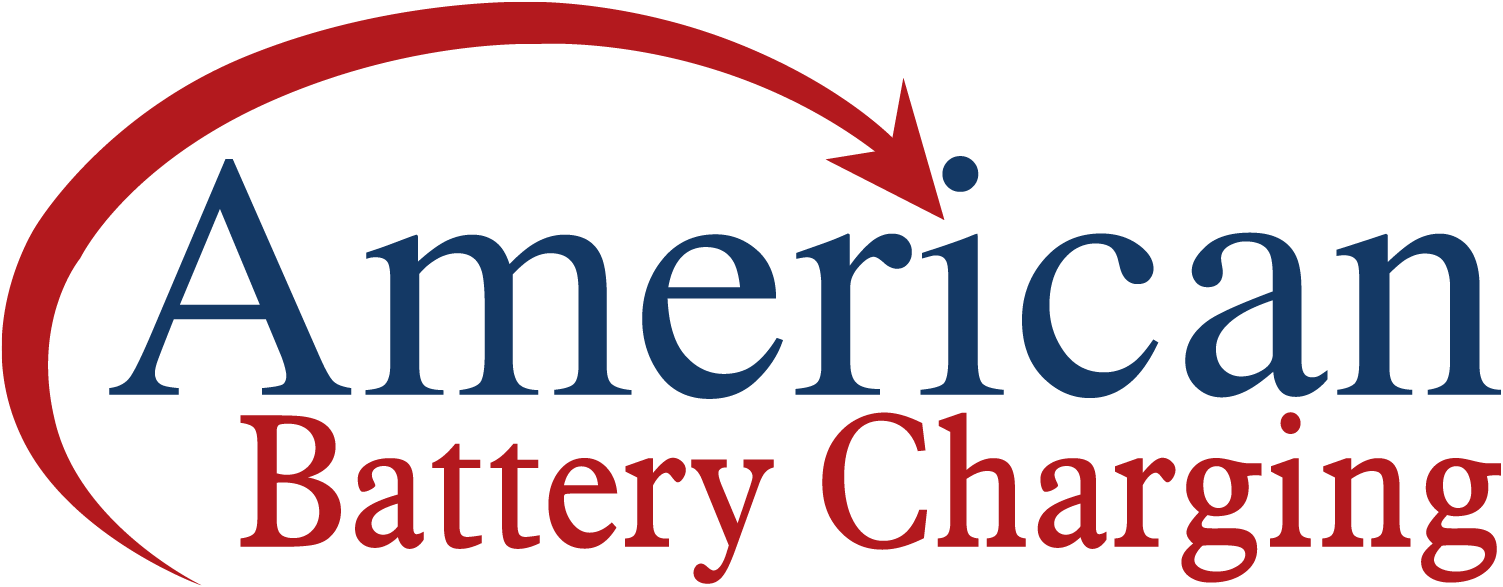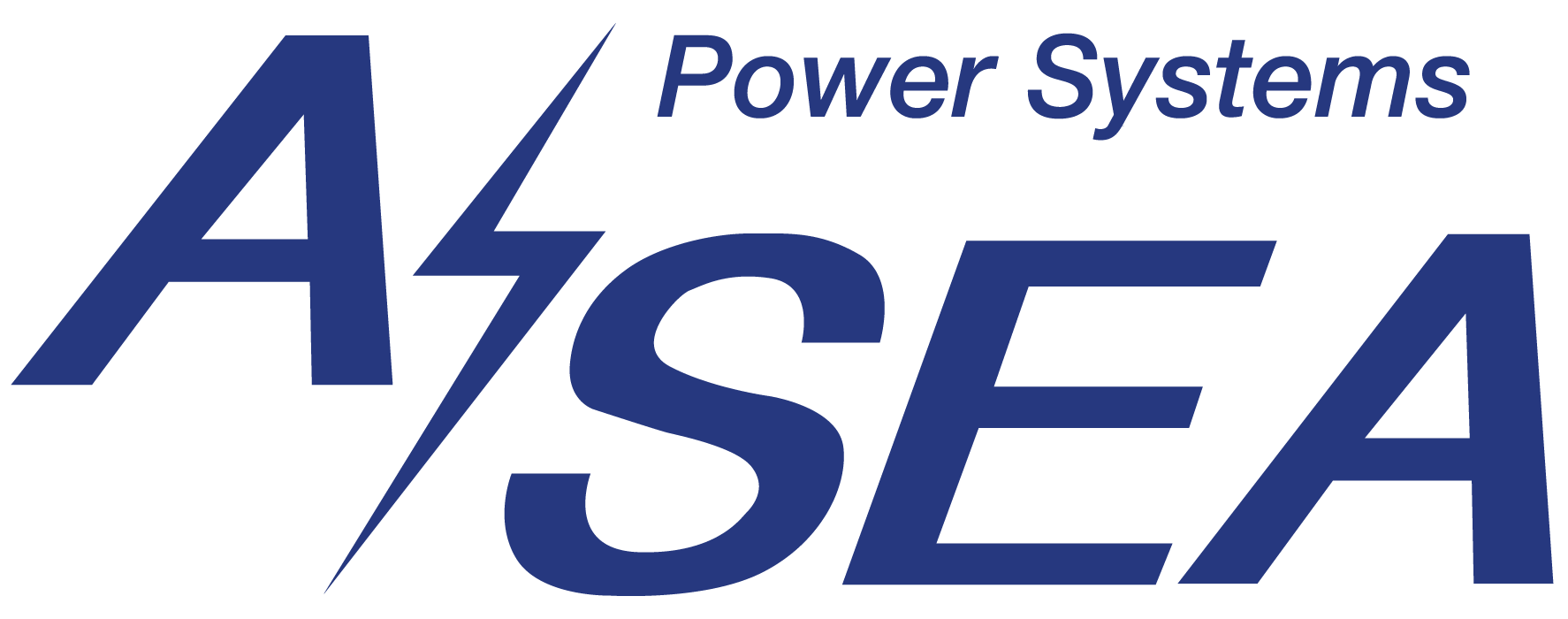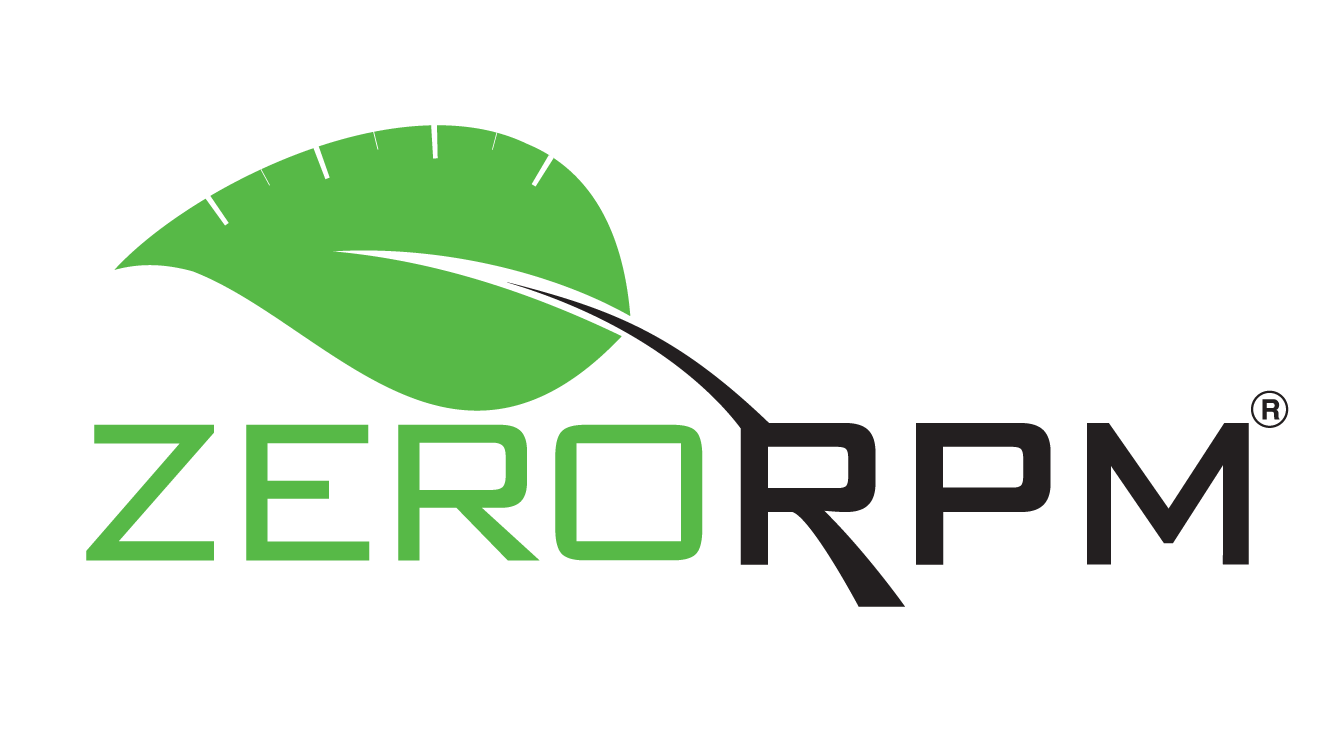The Energy Department today released a new resource, the Better Buildings Residential Program Solution Center , to share proven methods for reducing energy waste and carbon emissions in U.S. buildings. A result of the Better Buildings Neighborhood Program , the Solution Center shows how to design, implement, and evaluate efficiency programs to improve the energy efficiency of communities across the nation. It profiles solutions used to improve the efficiency of many homes and other buildings by 20% or more. Now available online, the Solution Center—a one-stop shop for residential energy efficiency program administrators and home performance professionals—highlights proven strategies that Better Buildings Neighborhood Program partners used to make energy efficiency more accessible to homes and businesses. During the past four years, the Better Buildings Neighborhood Program worked with more than 40 communities across the country to develop sustainable energy efficiency programs. The program helped to facilitate more than 100,000 energy-saving upgrades...
2584 Hits
2584 Hits

